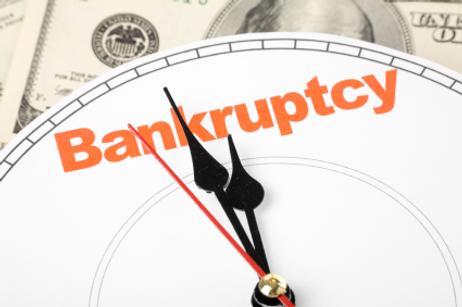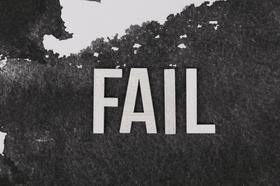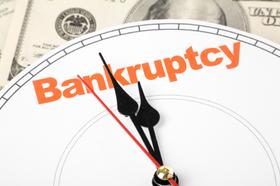Detroit Public Schools are facing a serious financial crisis – and very limited options for digging their way out of the monetary hole. The District's emergency financial planner, Robert Bobb, has three possible options in front of him to solve at least some of the district's financial woes. However, none of the choices are particularly attractive, and all would require severe sacrifices by students, parents and staff to make them work. We'll take a look at the choices here as we examine how Detroit plans to muddle through large amounts of debt and revenue shortfalls in the midst of one of the toughest economic crises to hit the city in decades.
Steeped in Debt
According to a report at Bloomberg Business Week, Detroit Public Schools currently face $327 million in debt with no visible means of repayment at this time. While bankruptcy is a viable option for Detroit, the district's debt insurer, Assured Guaranty Ltd., wants the state legislature to add a no-bankruptcy agreement before the schools can take out any more short-term debt. Without the agreement, the insurer has threatened to accelerate long-term debt payments, raising the annual payment amount from $21 million to $45 million. The schools, which cannot afford this option, have been forced to look at other solutions to their financial crisis as a result.
"They're basically holding a gun to our heads," Robb told Bloomberg.
If the schools agree to the no-bankruptcy clause, Assured is willing to continue working with them. Assured spokeswoman Betsy Castenir said Assured "has made an agreement with the Detroit School System that will allow the system to issue short term notes payable from state aid as long as certain requirements are met to protect the company and investors in the 2005 Notes from a bankruptcy of the district."
This video reports on the dire financial situation in Detroit.
Asking for Money
Late last year, Bobb went to state legislatures to try to secure $400 million in state aid from tobacco revenue. According to the Huffington Post, Bobb warned that if aid did not come to the schools, the district would be forced to make drastic cuts across the board, including closing more schools, increasing class sizes and raising fees for student athletics.
To get the bill introduced to state legislature, Bobb needs a government official on his side. So far, no one has stepped up to the task, in part because the bill is highly controversial. Some of the elements of the bill include changes like eliminating teacher seniority and changing tenure requirements. The teacher's unions are opposed to such changes and have refused to support the bill as a result.
Restructuring Options
Another possible solution for Detroit Public Schools is to undergo a restructuring plan similar to what GM did during the latest economic recession. This plan would involve splitting the district in two, with half freed from the debt and the other half paying off the bill using state funding. This plan would need to be approved by Michigan lawmakers and Governor Rick Snyder. Currently, the district is meeting with a law firm to determine the legalities of such a restructuring.
Draconian Cuts
A final proposal involves what Bobb describes as "Draconian" cuts across Detroit schools that would include closing half the district's schools and increasing some class sizes in high schools to 62 students. The new plan would also eliminate 249 positions this school year, according to a report at Detroit Free Press. The plan makes the assumption that the district will be losing another 20,000 students by 2013, bringing the total number of students in the district down to 58,570 from 175,000 in 1999. However, cuts will still be acutely felt throughout the district, with higher fees to burden parents and fewer extracurricular activities for students to enjoy.
DPS Spokesman Steve Wasko admitted to Detroit Free Press that these cuts will be a last resort for the district. Wasko said, "This is not a road down which any educator would want to go. It is the road we must continue down until long-term, broader solutions are adopted. We're working 24/7 on that."
State law requires that school districts experiencing a deficit must balance their books within two years. However, the state superintendent can extend that deadline for districts that show a need. Detroit Public Schools have operated with a deficit for the last four years, according to the Michigan Department of Education.
Bobb agrees that while the cuts look good on paper, this cost-cutting option is his least favorite thus far. He is continuing to work with state and school officials to find other options for bringing Detroit Public Schools out of debt and back in the black once again.
Questions? Contact us on Facebook. @publicschoolreview















